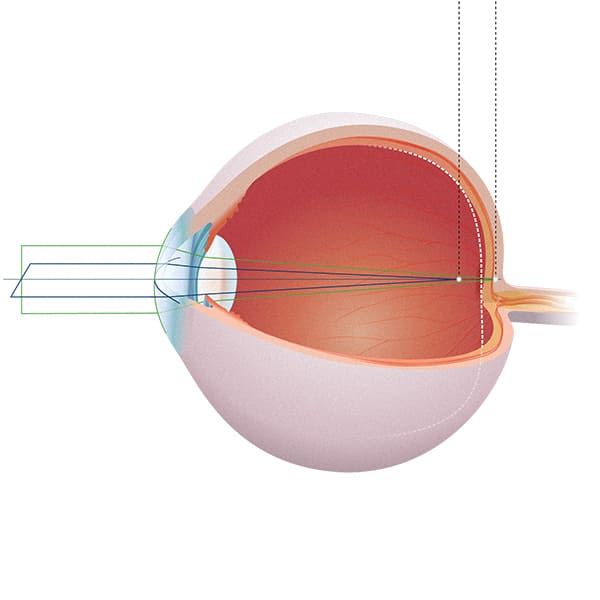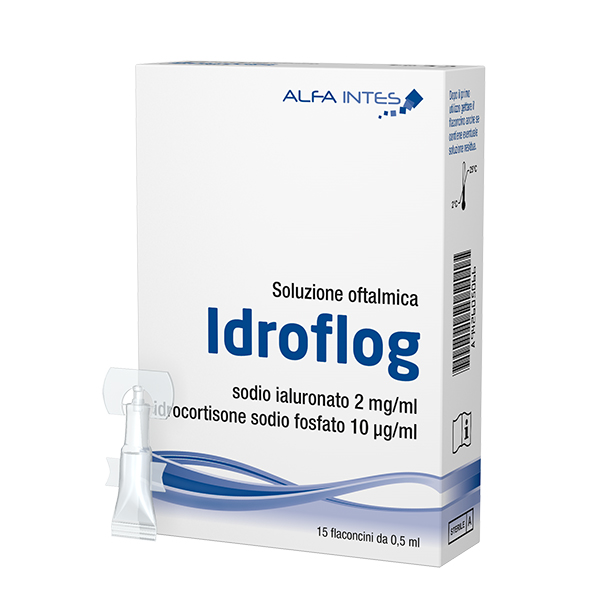Diagnosis
It is often the case that astigmatic people only realise their condition after a thorough medical assessment. For this reason, it is important to have regular check-ups with an ophthalmologist from an early age.
The diagnosis of astigmatism is made during a normal eye examination, during which the specialist will subject the patient to various diagnostic tests (e.g. corneal topography) in order to verify the actual number of dioptres missing and exclude structural pathologies other than common astigmatism.
Treatment
Generally speaking, astigmatism can be corrected through the use of glasses (with cylindrical or toric lenses) or contact lenses, which can provide a better quality of vision than glasses, although they require more care and maintenance.
In some cases it is possible to correct astigmatism through the so-called refractive surgery (with laser): the choice should always be made together with the specialist, who will be able to suggest the best treatment for each situation.




